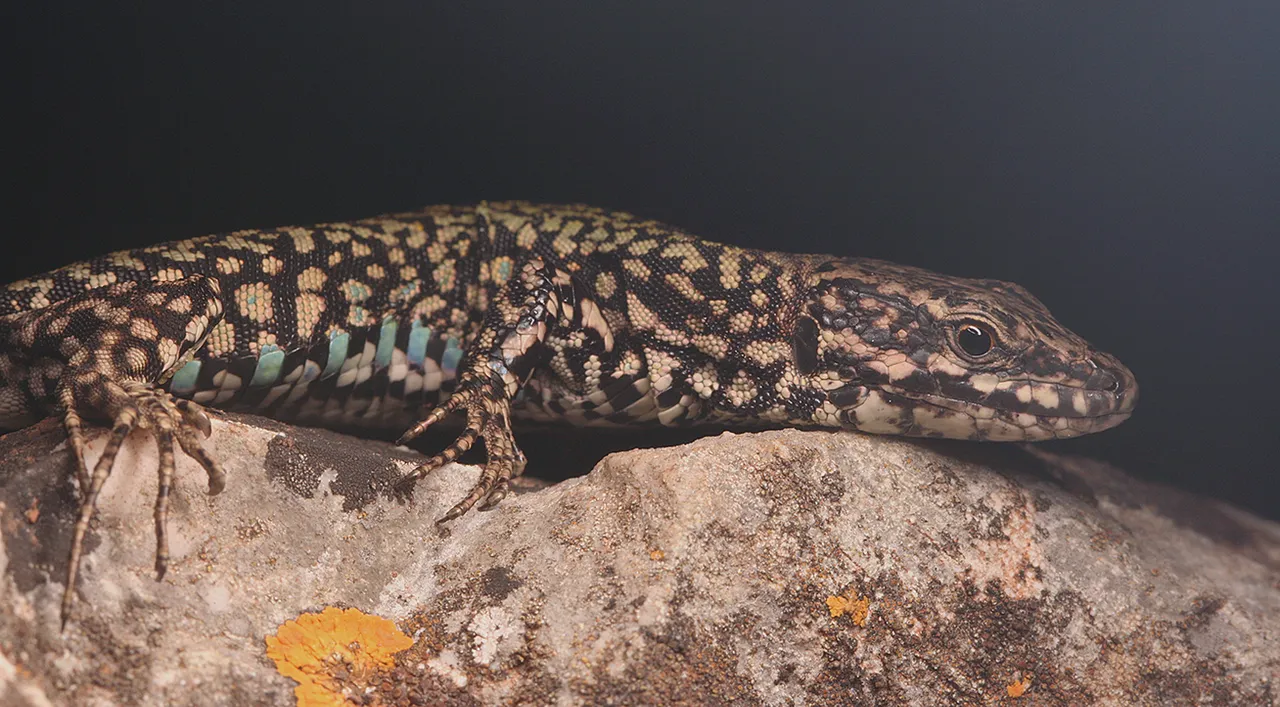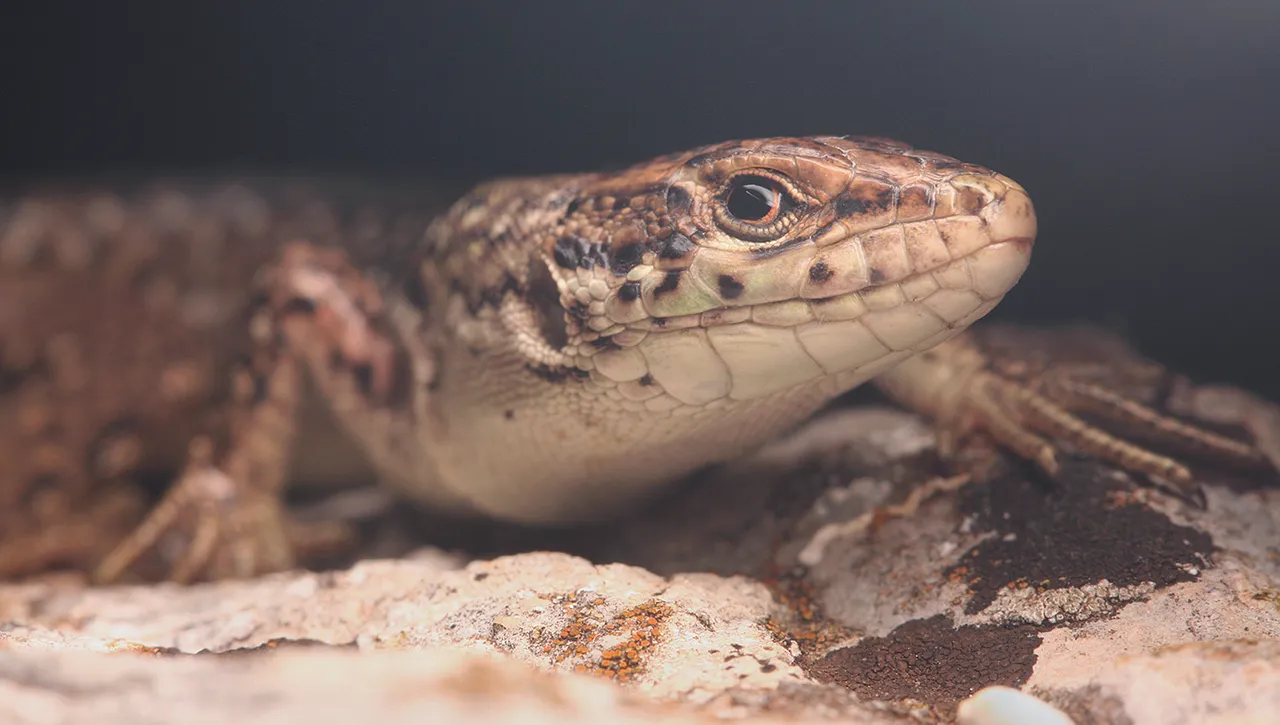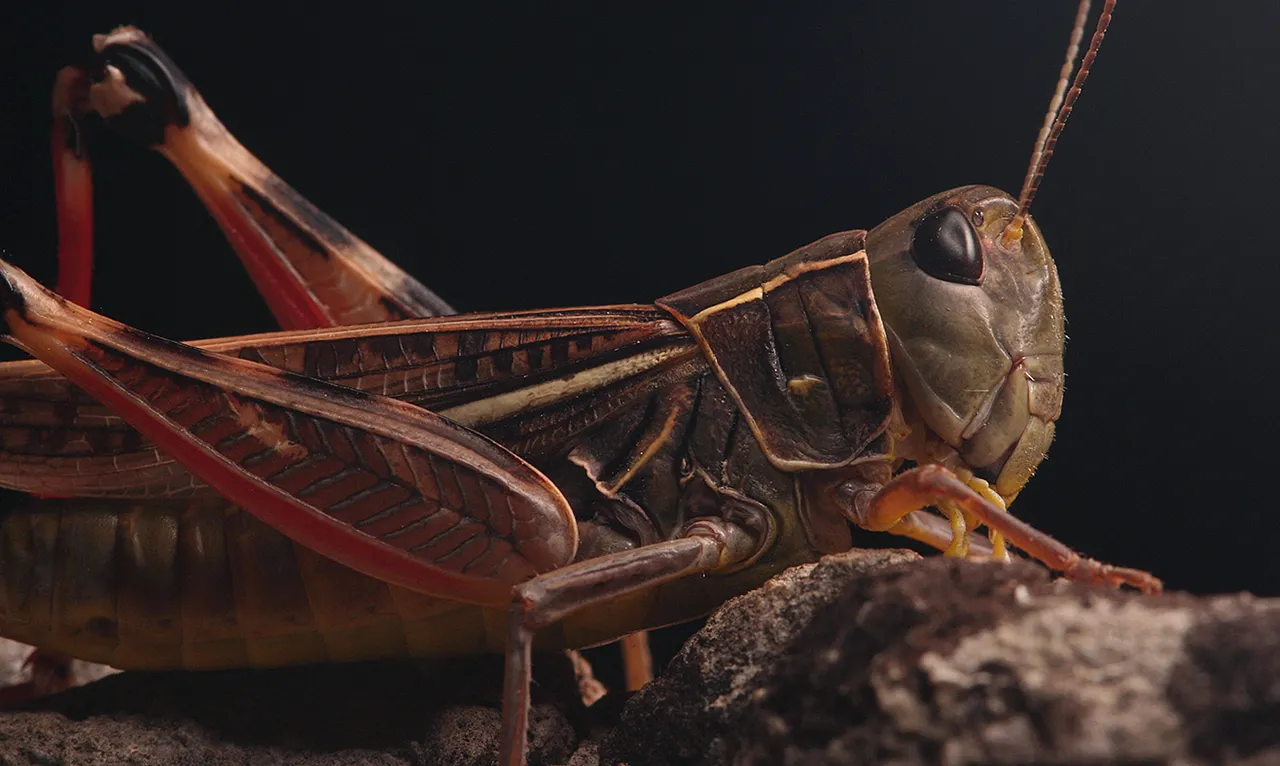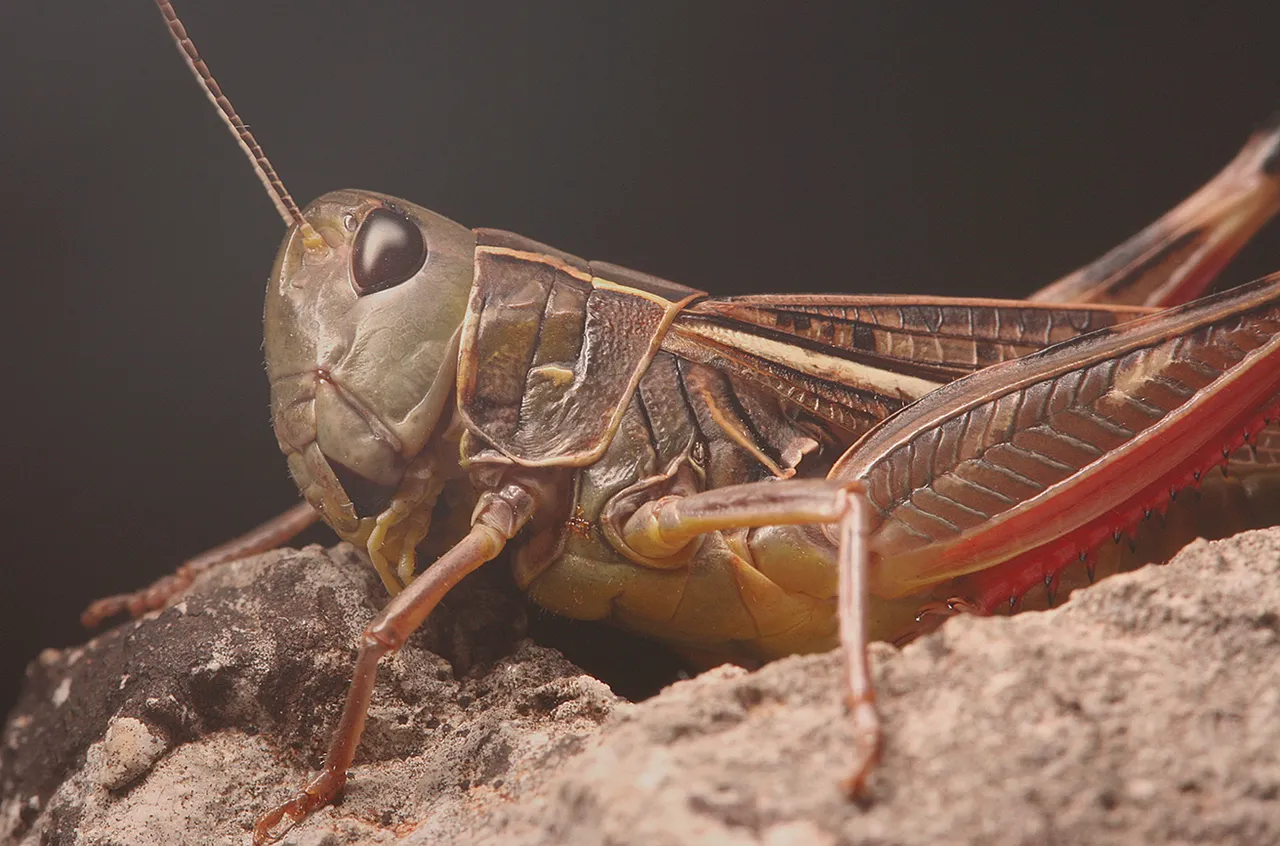Among various stuff that I photographed in 2009, there were some small animals on the rocky terrain near the sea.
In this opening shot, you can see the Vanessa cardui butterfly. In this pose, the insect is well camouflaged on the rock.
I was using the external flash, back then, so here you can see the same butterfly lit in different ways.
This photograph was taken when the butterfly was ready to fly away.
Vanessa cardui is a resilient flyer and a migratory species that can fly over large areas in many parts of the world. The ones that visit my area migrate in between North Africa and Central and Northern Europe. They migrate in steps, through generations. The butterfly that leaves the Mediterranean coast of Africa isn't the same one that reaches Great Britain, ad example. It's a fascinating behavior. Although they migrate and reproduce in steps, through more generations on land, the butterflies must fly continuously across the sea. Crossing the Mediterranean it's quite an achievement for a small insect.
Here you can see a portrait of a legless, snake-like lizard.
This is the Pseudopus apodus, commonly known as the European glass lizard.
It's a robust reptile that can be up to 140 cm long and feeds mainly on insects, slugs, and snails. If there is an opportunity, eggs and young birds can also become a meal.
I took plenty of similar photographs lit in slightly different ways.
Hipparchia statilinus is one of the best-camouflaged butterflies in this habitat.
Here you can see the butterfly slowly changing its posture and showing the circular marking that looks like a small eye.
The larvae of this species feed on various grasses that grow on the rocky slopes, while the adults collect nectar in the same habitat.
In the morning, they rest on the rocks while the raising sun warms them up.
When the sun is high these butterflies are relentlessly flying around and are pretty hard to catch with the camera.
They aren't colorful, but I like the mimetic shades of brown and gray on their wings. It's a different kind of beauty.
Here you can see a grasshopper. The Acrida ungarica mediterranea grasshopper. They are better camouflaged in the vegetation that grows among the rocks.

This is the Podarcis muralis ...
... commonly known as the Common wall lizard. It can be found everywhere in this area, including the cities.
Here you can see another insect. A Saddle Bush-Cricket.
Ephippiger discoidalis is the name of the species. It has strong jaws and feeds mainly on other insects. But juicy plant parts and various seeds are also part of its diet.
Here you can see the same insect in a slightly different light.
This is the Lycaena phlaeas, one of the many small butterflies that fly in this area, while in the following photograph ...
... you can see a considerably bigger species resting on the rocks.
This is the Lasiommata maera.
I encounter these butterflies only on rocky, rugged terrains near the sea.
The colors and markings on their wings look great in these rocky surroundings. A real joy to photograph. If you are lucky to catch the butterfly resting long enough in one place. It happens rarely. Mostly early in the morning.
Here you can see the same scene lit in a different way.
The larvae feed on various grasses.
Here you can see another lizard.
The Podarcis melisellensis.
Here you can see only one of the many variations of this species.

These small lizards that live along the coasts of eastern Adriatic come in a surprising variety of colors and skin decorations.
In this photograph, the lizard is showing its tongue. The tongue is an organ that can give the lizard plenty of information about its surroundings.
These lizards feed on insects, their larvae, and other small arthropods.
As you can see, I took plenty of Podarcis melisellensis portraits back then in 2009 ...
... so you can see the lizard in quite a few poses in this post.

This is the last species in this vintage collection.

The Arcyptera brevipennis grasshopper.
AND THAT'S IT. AS ALWAYS IN THESE POSTS ON HIVE, ALL THE PHOTOGRAPHS, NEW AND OLD, ARE MY WORK - THE END.
































